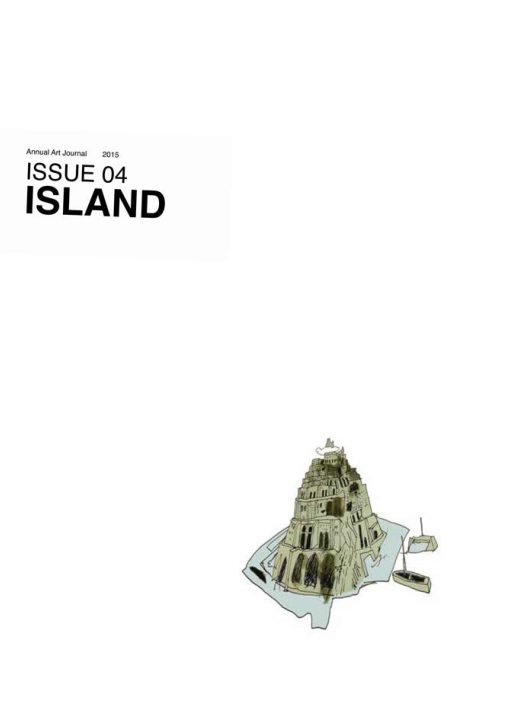Antti Laitinen

It’s My Island
Still from Video
2007
Image courtesy of the Artist
http://www.anttilaitinen.com/
Nicholas Mangan




Nauru – Notes From A Cretaceous World
2009-2010
All images courtesy of the Artist
http://www.nicholasmangan.com/
Tan Huamu
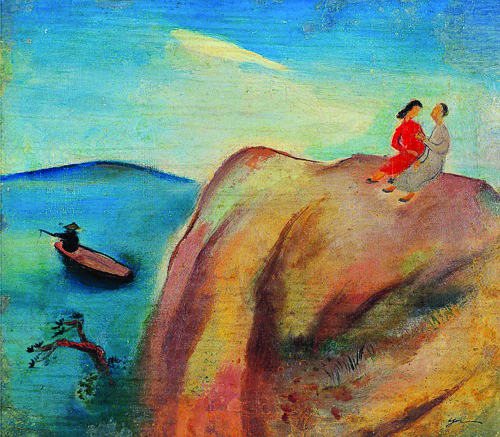
Landscape
1940
Image courtesy of the Artist’s Estate
Ho Tzu Nyen
THE DICTIONARY OF SOUTHEAST ASIA:
G FOR GENE Z. HANRAHAN
The Communist Struggle in Malaya, first published in 1954 by the Institute of Pacific Relations and subsequently republished by the University of Malaya Press in 1971 was one of the earliest general historical accounts of the Malayan Communist Party.
This short and concise text by Gene Z. Hanrahan remains – to this day – a key resource for this period of Malayan history, and has been regularly cited by subsequent studies of Communist histories in Southeast Asia. His writing was crisp, his analyses reasonable, if never spectacular. But what made the text valuable was the author’s access to confidential documents beyond the reach of other researchers. Hanrahan never explained how these sources were obtained.
Hanrahan’s bibliography is dazzlingly diverse. The books that he has been involved with as a researcher, translator (of multiple languages), editor and writer, include Documents on the Mexican Revolution (Salisbury, NC, 1976-85), a nine-volume collection of confidential documents related to the Madero Revolution of 1910, writings on military strategies and guerilla warfare, as well as introducing, translating and editing the writings of Carlos Marighella, the Brazilian Marxist revolutionary and urban guerilla theoretician.
Then, there is Hanrahan’s more ‘literary’ streak: ASSAULT! (New York, 1962), an anthology of ‘real’ descriptions of the Pacific War by ‘real’ US Marines; Hemingway – The Wild Years (New York, 1962) a selection of Ernest Hemingway’s articles for The Toronto Star, as well as 50 Great Oriental Stories (New York, 1965), a collection of the “finest Oriental tales ever written”, chosen and edited by Hanrahan. He also wrote brief but erudite commentaries for each section of the anthology, meant for “students of Oriental literature”.
Hints to the biography of this polymath, or hack are meagerly scattered on the dust jackets of his publications, or in prefaces and forewords written by others. Hanrahan has been variously described as a naval intelligence officer, a lecturer and a specialist of guerilla warfare. But judging from the tone of these prefaces and forewords, it would seem as though none of the authors know him on intimate terms. And in From PKI to the Comintern, 1924 – 1941: The Apprenticeship of the Malayan Communist Party (New York, 1992), the Malaysian historian Cheah Boon Kheng declares: “it is believed that ‘Gene Z. Hanrahan’ is the pseudonym of a research assistant or a research organisation.”
But if ‘Gene Z. Hanrahan’ was indeed a pseudonym, it was one that in turn, had a pseudonym. According to the U.S. Library of Congress, the author known as William J. Kennedy is the pseudonym of Gene Z. Hanrahan. As William J. Kennedy, he authored Pre-Service Course in Shop Practice, (New York, 1943), a technical manual for “pre-induction training based upon the requirements of the U.S. Army” to be offered to high school seniors during the Second World War, and the three-volume Secret History of the Oil Companies in the Middle East (Salisbury, NC, 1979).
The oeuvre of ‘Gene Z. Hanrahan’ can be described as consisting largely of texts that are ‘documentary’ in nature, but it partakes of fiction at a different level – the construction of an author. Gene Z. Hanrahan is an author dreamt up by his books, and in the oneiric skein of his bibliography, is entangled the history of Malayan communism.
Text and images by Ho Tzu Nyen.
G for Gene Z. Hanrahan is the second entry in The Critical Dictionary of South East Asia, an ongoing collection of ideas, motifs and biographies related to Southeast Asia. assembled in order to map a region of bewildering multitudes.
The Critical Dictionary of South East Asia was developed during Ho Tzu Nyen’s residency at the Asia Art Archive.
In February 2015, Ho Tzu Nyen presented his collection of books by Gene Z. Hanrahan alongside a film The Name, at the DAAD Galerie in Berlin.
First published in ArtReview Asia, special issue, March 2015. See artreview.com.
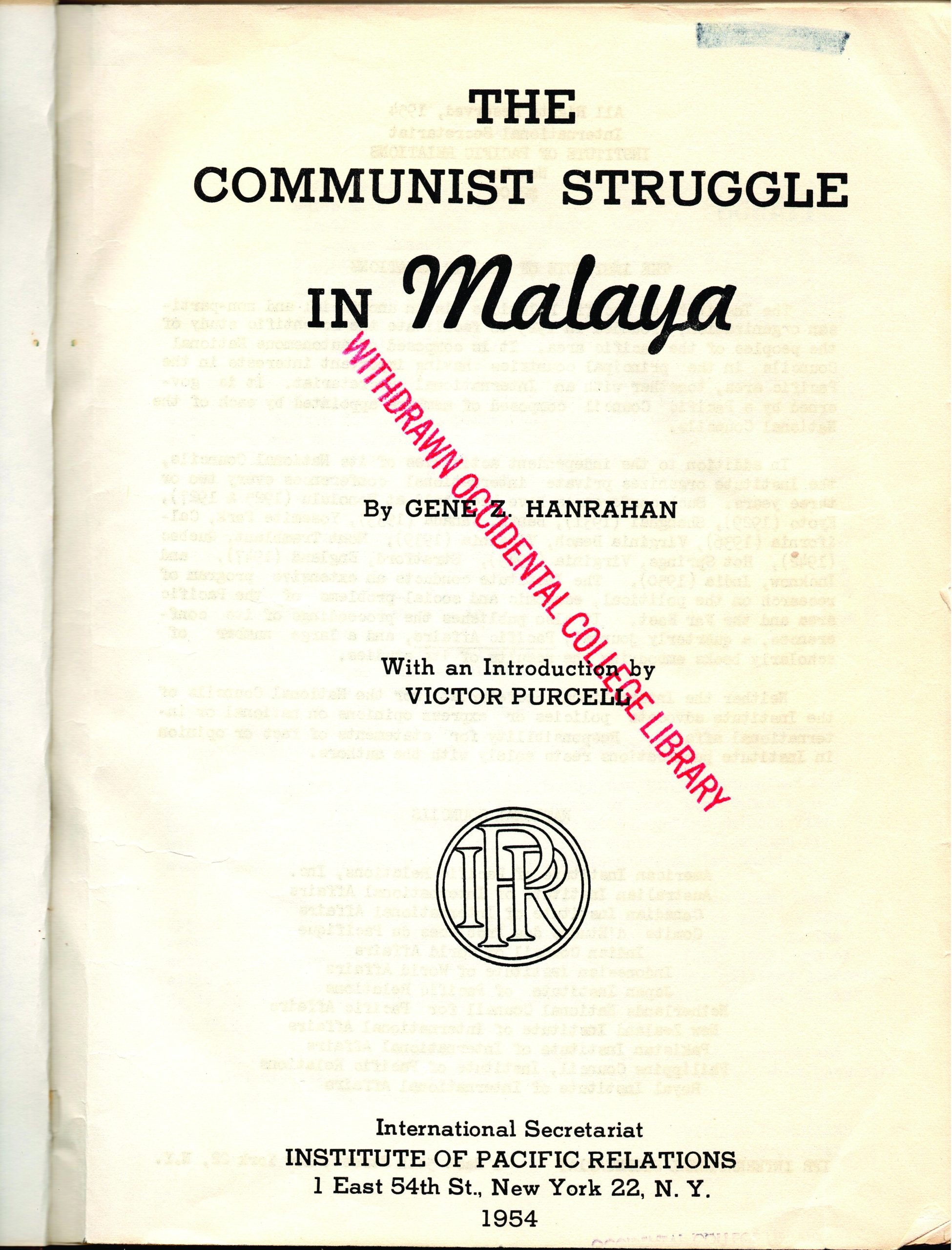
All images courtesy of the artist
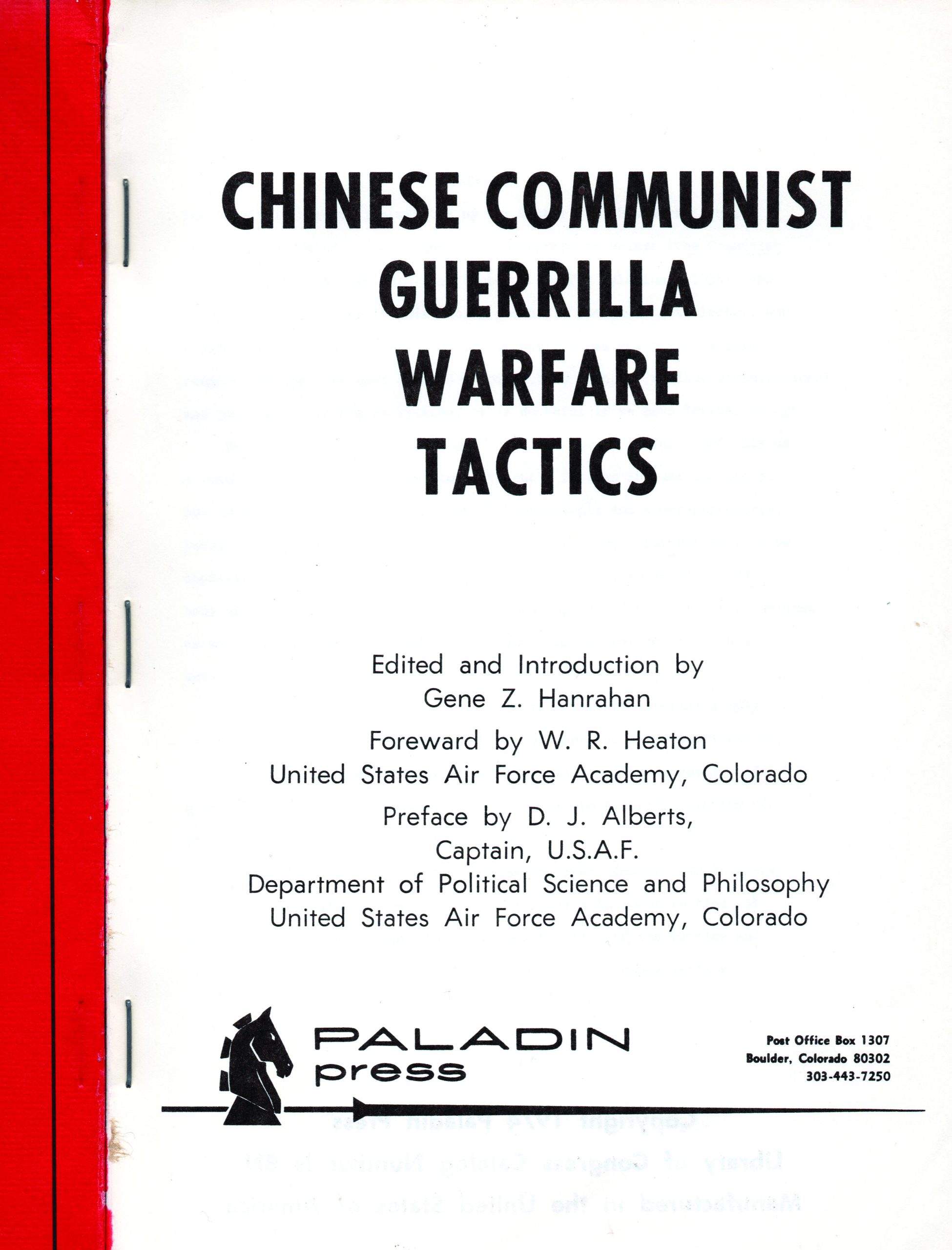
1954

1962

1965
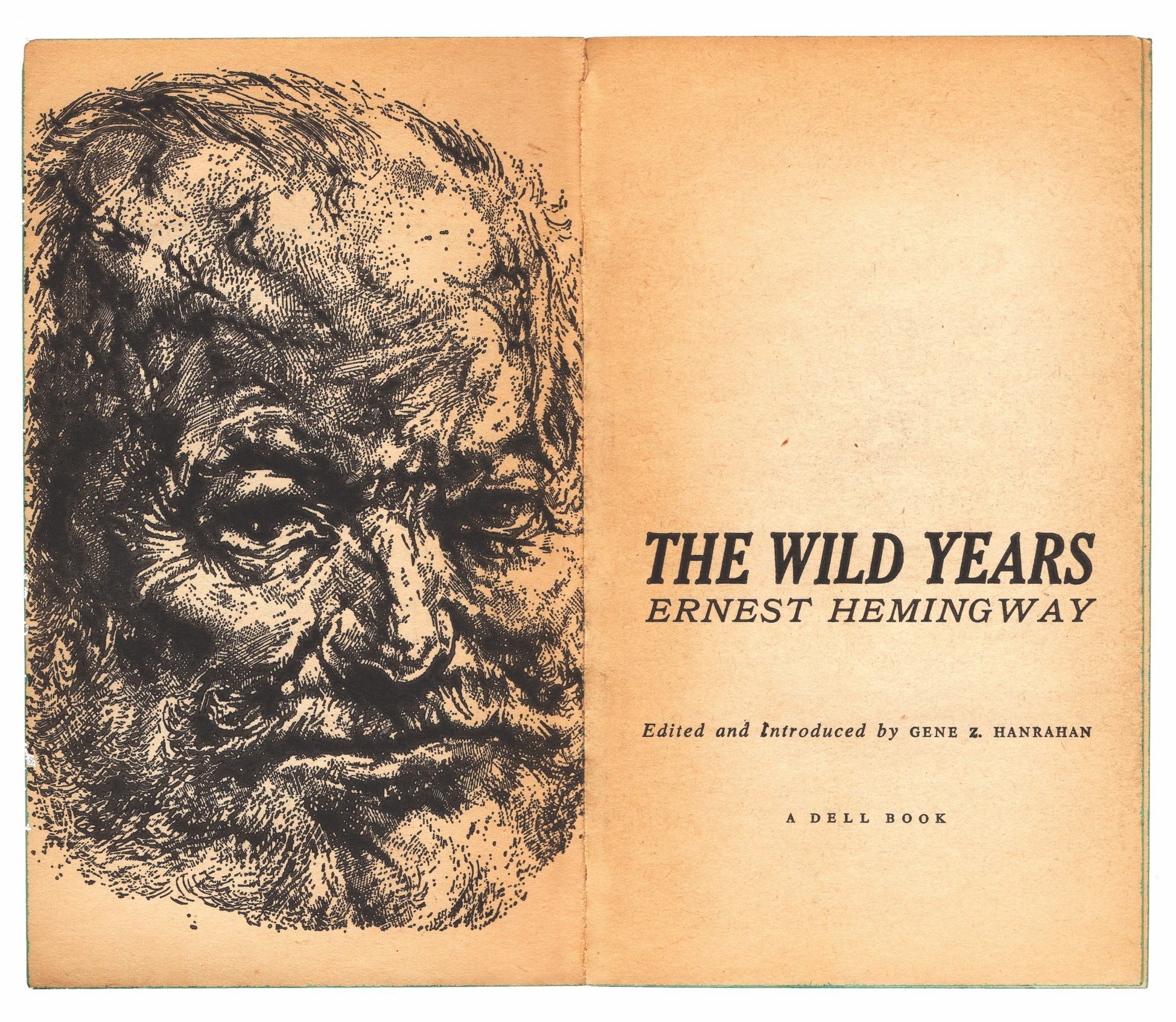
1967
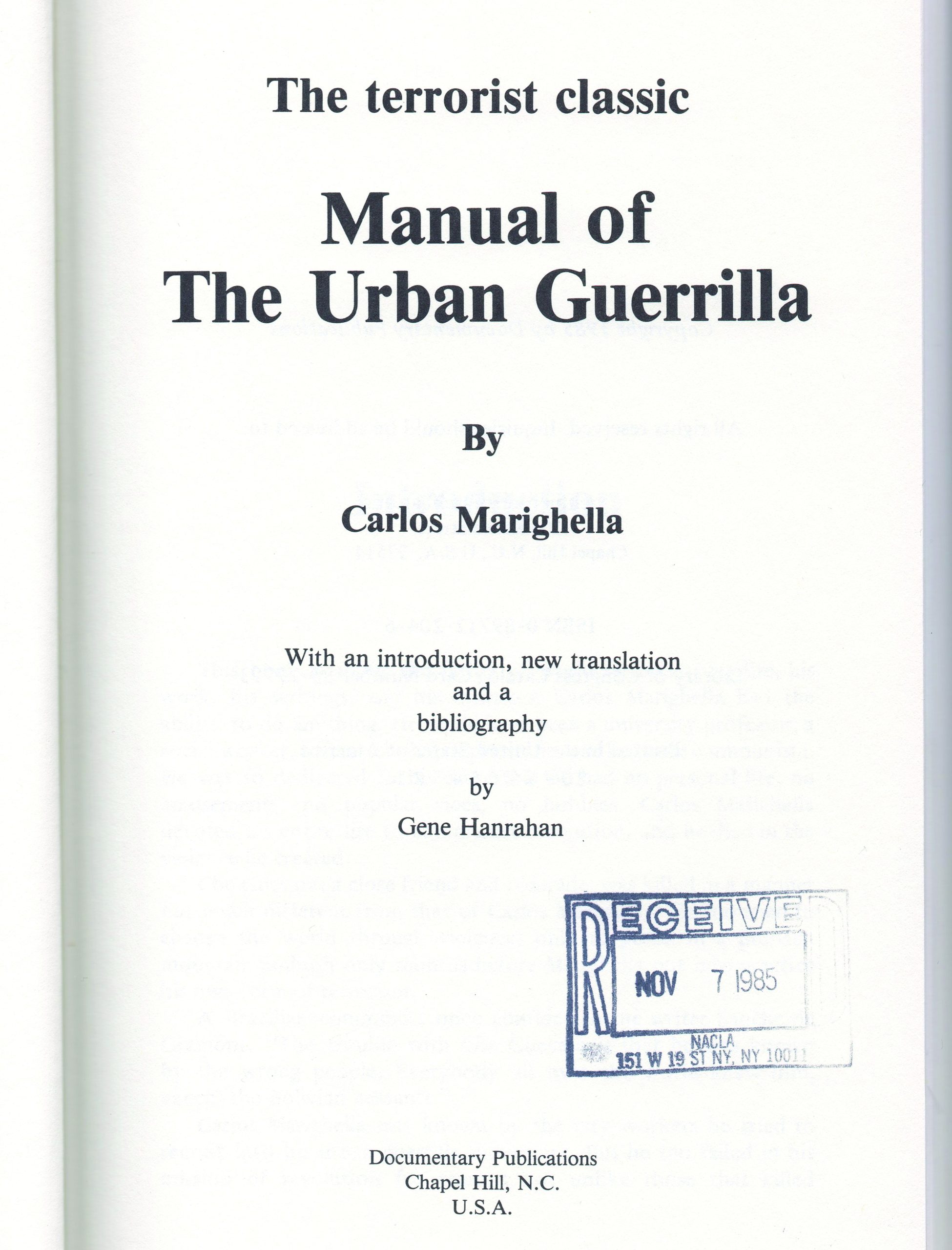
1970

1972

Gene Z. Hanrahan, ‘Introduction’ to Abajo El Gringo:
Anti-American Sentiment During the Mexican Revolution, Volume VI
of Documents on the Mexican Revolution, (Salisbury, nc, 1982)
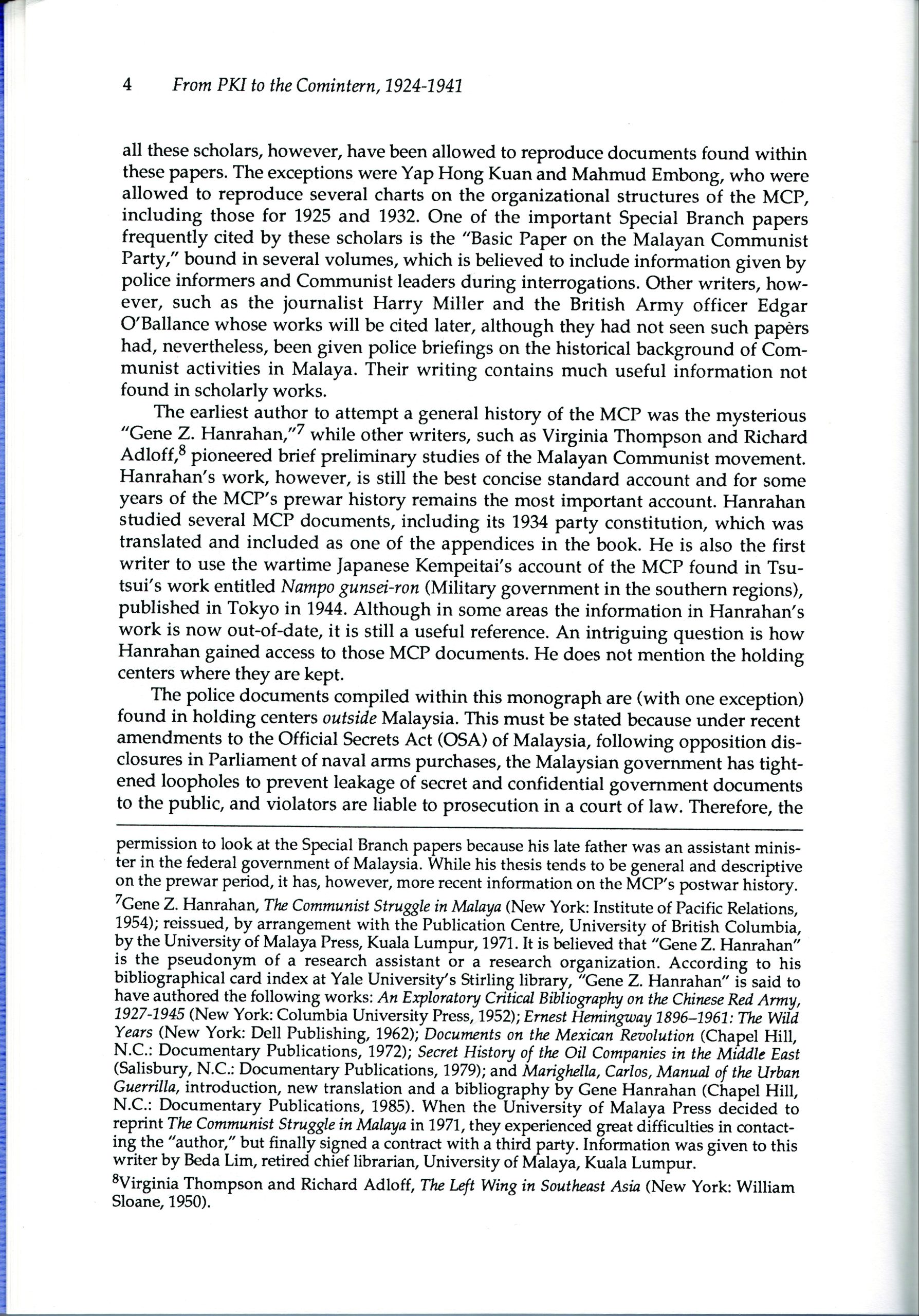
Published in Cheah Boon Kheng (ed), From PKI
to the Comintern, 1924–1941: The Apprenticeship
of the Malayan Communist Party (New York, 1992)
Critical Dictionary of Southeast Asia: G for Gene Z. Hanrahan
ongoing
All images courtesy of the Artist
Preface
The artists presented in this exhibition on paper explore radical thinking of islands existing and imaginary, from its geographical realities to personal world explorations. These islands create archipelagos, fragmented territories that cannot be reconciled under collective identities except as individual identities as part of the diverse multiplicities bringing the world to the world.
Their approaches in researching existing islands and their political and economic settings within the capitalist mode of operation or exploring individual attempts of creating his own world as a strategy of active withdrawal, propose new models of operating within the art world and the larger social framework.
Here, withdrawal could be understood as a form of abstraction from the representative imagery of the world, to propose a notion of social abstraction through active withdrawal that in artists’ current strategies means creating a space in fiction as an ISLAND within mainstream narrative.
At the same time I hope that these practices and issues discussed through the presented works hint at Edouard Glissant’s archipelagic thinking. He wrote:
I imagine the museum as an archipelago. It is not continent, but an archipelago … It is not a recapitulation of something which existed in obvious way. It is the quest for something we don’t know yet.
Glissant’s archipelagic thinking, islands scattered but interconnected as well as his idea of mondialite-form of worldwide exchange that acknowledges and preserves diversity, stays as an important reminder that what we know should stay dynamic.
Biljana Ciric
Edouard Glissant (1928-2011) was a French writer, poet and philosopher.
Quote from Edouard Glissant & Hans Ulrich Obrist, (100 Notes – 100 Thoughts, dOCUMENTA 13): Notebook No. 38. Kassel: Hatje Cantz Verlag, 2012.

